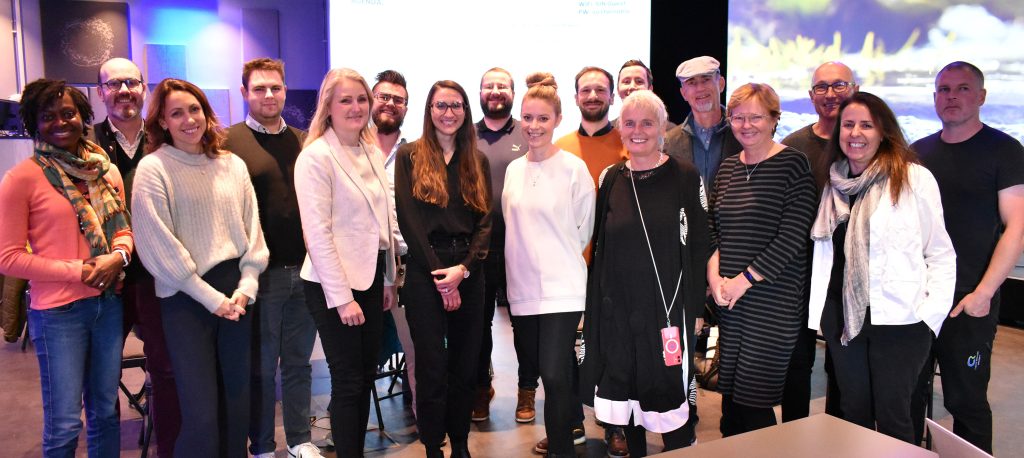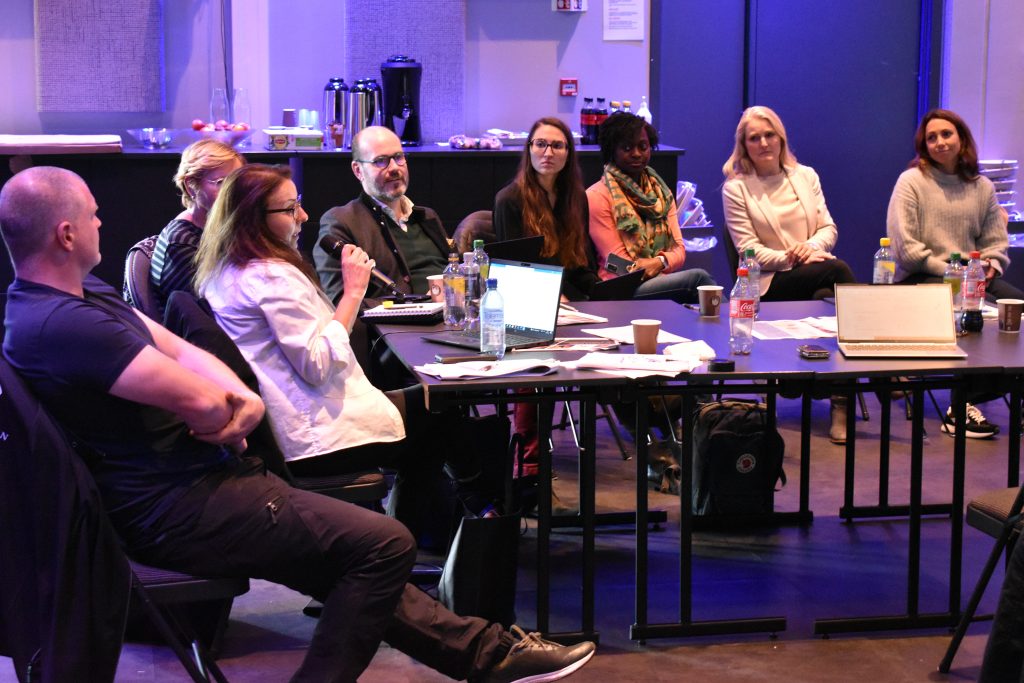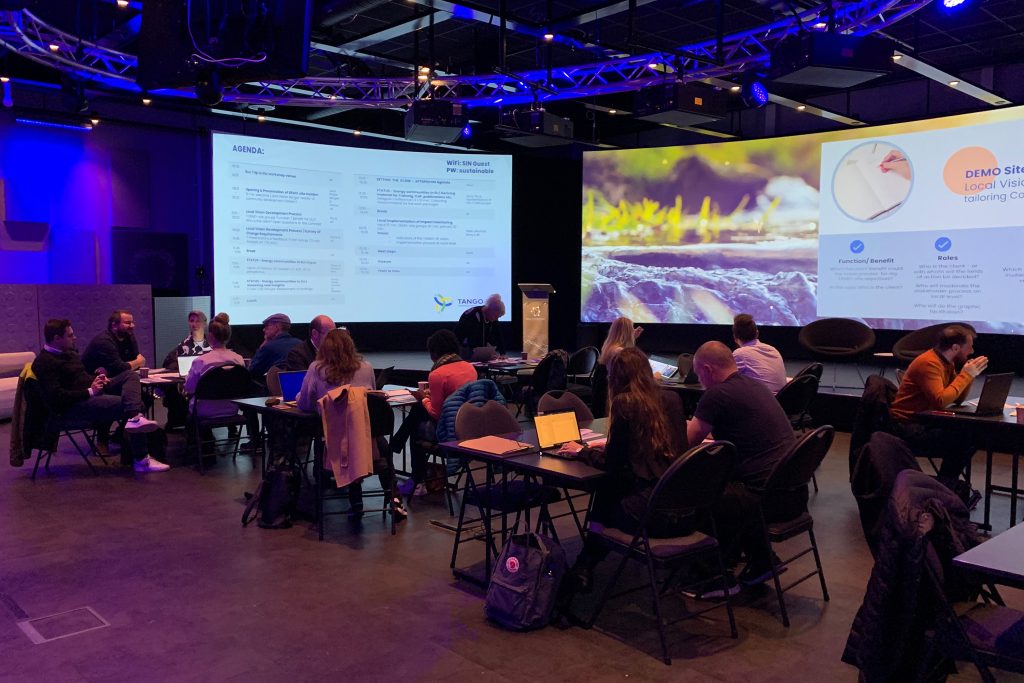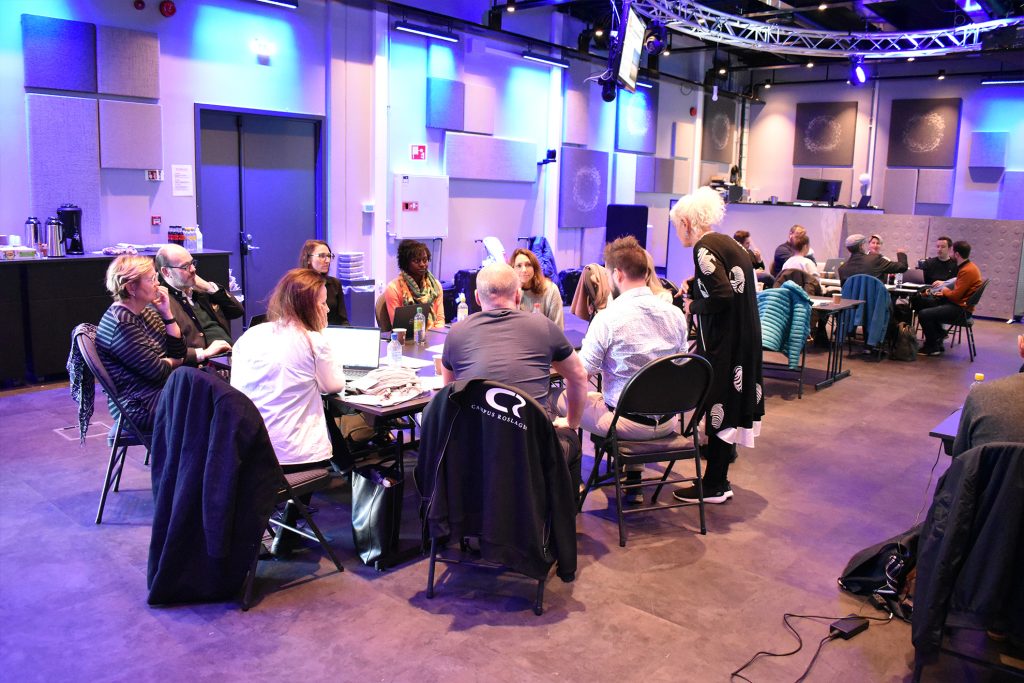Face-to-face CoP meeting in Norway
On September 28-30, institutional representatives from Austria, Sweden, Norway, and Lithuania met in Norway, Marker and Halden municipalities. In a productive couple of days, we have looked at the strengths and needs of each of the demo-sites. We have investigated how the demo-site leaders can create and implement visions for the future on a local level. External experts involved us in their own work in developing energy communities in Norway, Austria and on a holistic level for the EU. Lastly, we discussed how we could measure the impacts of the different demo-sites.

Strengths and learning areas of the demo-sites (SWOT)
With a lot of visible differences, we got to see the similarities between the demo-sites and what they could learn from each other. Many of the demo-site leaders find it challenging to manuvere the field of politics and inhabitant communication. Co-Creation is challenging, and most of the members are searching for knowledge and tips for how to include stakeholders to a higher degree, as well as the project. A common theme through the CoP is the wish to share knowledge across the borders of the project. For the demo-sites developing visions for their municipalities, every part of the Food-Water-Energy nexus is extremely relevant. That means that knowledge exchange with all of the partners is important to create a broad and thorough vision for their city. The other partners which have a smaller and more practical focus found it a little challenging to see how they should cooperate and share in the project. However, with their different challenges, they found common ground in the challenge of co-creation and influencing the actions and habits of their inhabitants.
Status of energy communities on the EU level
As one of the more concrete subjects of the CoP, this session gave a great baseline for discussion in the groups. The presenters from Norway and Austria gave us insights into the challenges in Norway, Austria and EU with regard to power needs, and grid capacities. The online CoPs for Food, Water and Energy will be used to discuss the knowledge we need to include in future face-to-face CoPs with the first one being on the 14th of November. There will also be a group that creates a series of questions for the speakers which will be used in creating training material for developing Renewable Energy Communities. Most of the municipalities are in some degree working either with regulations in regard to energy communities or building and developing energy communities to some degree today. For some of the members, there was challenging to see the relevance of this session which brought forth a good discussion about what is needed in future CoPs and how we avoid creating silos in the project. The members of the project want to see how we can utilize the nexus between Energy, Food and Water. The Energy Communities session generated some tension and create topics for discussion. Even dough it might not have been directly connected to energy communities, the discussions opened up great questions and discussions.
Purpose for and approach to the local vision development
This session challenged the pilot leaders to try and get the suggested vision prosses adapted on a local level. The process is somewhat comprehensive, and the demo-site leaders did express some concern about the framework of the process. The pilot leaders did have multiple workshops and meetings planned with relevant stakeholders. They will adapt the visioning process to a local level. Some will break it up into smaller pieces, some will include fewer stakeholders at first and involve more of them at a later stage. What is important for the stakeholders is to keep it relevant for them, and make sure they see the practical use of the project.
Impact monitoring: concept and implementation steps
As a finishing touch to a great CoP the demo-sites where challenged to think about how we could measure capacity for change in the municipalities. A great insight - how the team at AiT is preparing and assisting the project on how we are going to measure our progress. The monitoring is split into two parts: UTC monitoring and Sustainability monitoring. The first is the same for all of the demo-sites, and the last is adapted to local indicators. With a set of example indicators, there where some questions about how this can be implemented locally. With support from local research organisations and AiT, we local indicators will be developed and implemented in the spring of 2023.



Pictures: Smart Innovation Norway